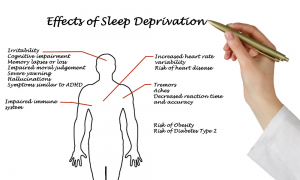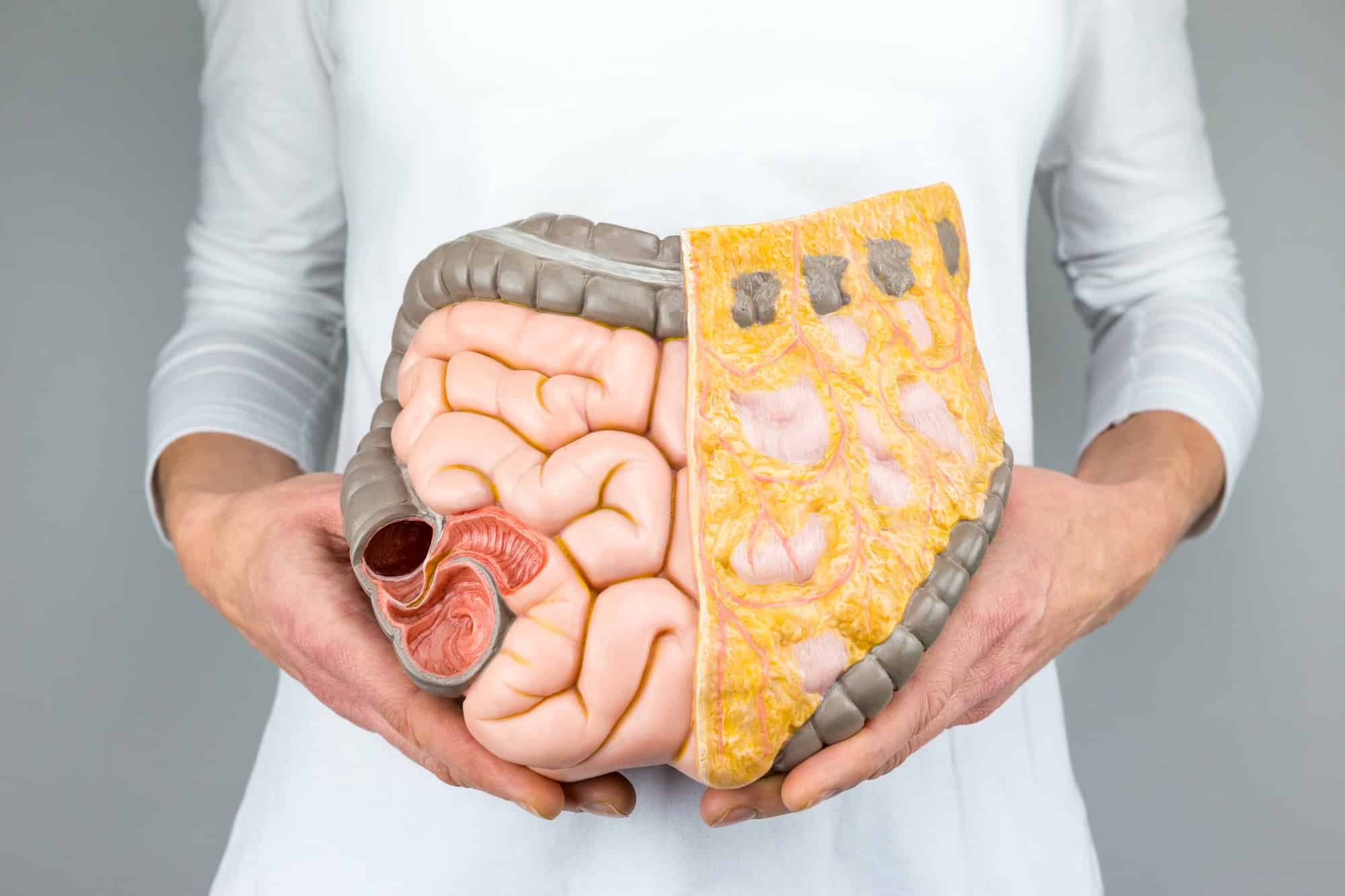Springing Forward: 4 Tips to Prepare for Daylight Savings Time
Daylight savings time (DST) is approaching, but did you know that in addition to the general confusion it causes regarding what time sunrise and sunset are, daylight savings can also affect your health? The science backs this up, too, with considerable research showing the many adverse health consequences related to DST.
How Daylight Savings Time Affects the Body
DST begins in March with a shift in the clocks one hour forward and remains like this until November, when the clocks are shifted back an hour to the Standard time. While a one-hour shift does not seem like much, losing one hour of sleep can have both short-term and lingering long-term effects on the body. In some cases, these adverse effects can last for months.
hour to the Standard time. While a one-hour shift does not seem like much, losing one hour of sleep can have both short-term and lingering long-term effects on the body. In some cases, these adverse effects can last for months.
So, while “losing” one hour seems inconsequential, it can dramatically impact you in the following ways:
Throws Off Your Circadian Rhythm
Your circadian rhythm is the natural rhythm of your body and plays a significant role in the sleep-wake cycle, among other important cycles and functions. However, the circadian rhythm is primarily regulated by the sun, specifically how much bright light you get during the day and at what time.
When DST is in effect (a.k.a. from March to November) the body is getting less morning light and more evening light, which can mess with your circadian rhythm. This time shift leaves you feeling more tired in the morning and more awake at night, which means you will have a more challenging time falling asleep, further impacting your sleep quality and duration.
Leads to Health Problems
Sleep is an essential process for the health of the body, and sleep deprivation, which is typical of DST, can negatively impact your physical and cognitive health.
Some short-term problems that DST causes include fatigue, sleep issues, and changes in blood pressure, but long-term issues can form too.
- slowed metabolism
- weight gain
- depression
- cluster headaches.
Not only are you more susceptible to the above conditions immediately following the start of DST and throughout its duration, but the week following DST consistently sees increases in numerous health conditions, including heart attacks, strokes, depressive episodes, and colitis.
The sleep deprivation that results from DST also causes problems with reflexes and cognition, which manifests as a spike in car accidents the week following DST. Stress and sleep also have an impact on your immune system.
How to Prepare for Daylight Savings Time
While DST is something that we cannot ignore without being out of time with everyone around us, there are some tips we can follow to limit its negative impact and reduce our risk of falling victim to these health effects.
Maintain Good Sleep Hygiene
One of the most important things you can do to make it through DST is start and keep a sleep routine. The goal is 7 to 9 hours of sleep, and the key to staying ahead of the sleep problems that DST causes is to go to bed an hour earlier the night beforehand to ensure that you remain within this recommended sleep schedule.
But as we know, DST can impact your sleep long after the initial lost hour, so it’s essential to focus on good sleep hygiene to promote your best possible sleep.
Some things to do:
- Turn off devices an hour before you go to sleep
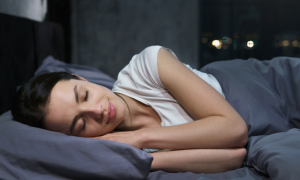
- Create a nighttime routine that relaxes you and prepares you for bed
- Sleep in a dark and quiet room
- Go to bed at the same time every night
- Limit caffeine and alcohol intake the hours before going to sleep
Get Some Sunlight
For a few days leading up to DST, try and get outside in the morning and soak up some sunlight. Not only is this a beneficial habit in general because ge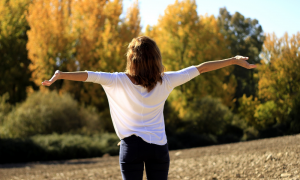 tting natural morning light helps preserve your circadian rhythm, but this is especially true leading up to DST, where you can begin making a routine that you stick with during the time change.
tting natural morning light helps preserve your circadian rhythm, but this is especially true leading up to DST, where you can begin making a routine that you stick with during the time change.
Throughout the entire duration of daylight savings, we’re talking from March to November, try and get some natural morning light each day to help keep your circadian rhythm in check.
Get Moving in the Morning
While exercising at any time of day will benefit your body and increase your health, if you want to help combat the negative side effects of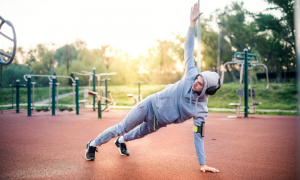 DST, you want to be strategic about when you exercise. Specifically, you want to exercise in the morning. This is because exercising increases your body temperature, which also makes you feel more awake and can also help contribute to your circadian rhythm.
DST, you want to be strategic about when you exercise. Specifically, you want to exercise in the morning. This is because exercising increases your body temperature, which also makes you feel more awake and can also help contribute to your circadian rhythm.
Want to kill two birds with one stone? Try doing your morning exercise outside. This way, you can wake yourself up and soak up some natural sunlight all at once, setting up your circadian rhythm for success.
Eat Dinner at the Same Time
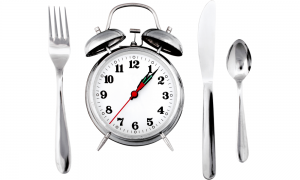 In addition to sunlight, the time we eat our meals also plays a role in our circadian rhythm, acting as another trigger. Dinner, in particular, serves as a trigger for our night routine, which helps set up sleepiness. Leading up to the time change, try to eat dinner at the same time or even a little early in preparation for the upcoming shift.
In addition to sunlight, the time we eat our meals also plays a role in our circadian rhythm, acting as another trigger. Dinner, in particular, serves as a trigger for our night routine, which helps set up sleepiness. Leading up to the time change, try to eat dinner at the same time or even a little early in preparation for the upcoming shift.
Preparing for DST
Sleep is an important time for our bodies and immune system, and while DST threatens it, there are actions we can take to ensure that we remain well-rested. The key, though, is properly preparing for DST and implementing habits a day or two beforehand to ensure that the body recognizes certain cues as you continue them after the time shift as well.
Following the habits listed above can help limit DST’s impact on us because they actively work to preserve your sleep. This will not only decrease your risk of falling susceptible to certain ramifications immediately following DST, but it will also ensure that you maintain your desired level of productiveness throughout the entirety of DST. The key to successfully maneuvering DST is preserving your sleep, so make sure you focus on healthy sleep habits and provide your body ample time to get some shut-eye.



